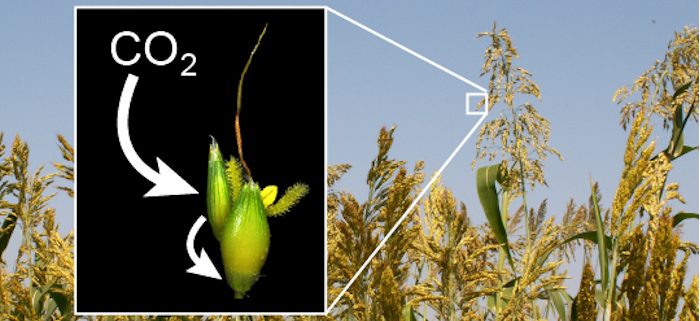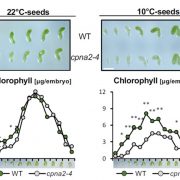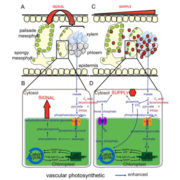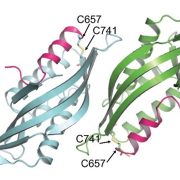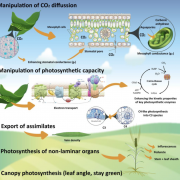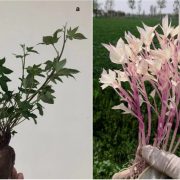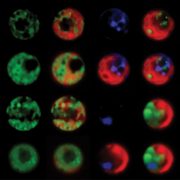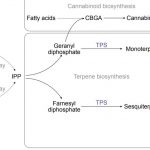Useless no more: infertile spikelets contribute to grain yield in a major food crop and its relatives
AuBuchon-Elder and Coneva et al. reveal an important function for apparently non-functional floral structures.
Plant Cell https://doi.org/10.1105/tpc.20.004242
By Taylor AuBuchon-Elder1,*, Viktoriya Coneva1,2*, Doug K. Allen1,3†, and Elizabeth A. Kellogg1†
1Donald Danforth Plant Science Center, 975 North Warson Rd., St. Louis, MO 63132, USA
2Current address: CTC Genomics LLC, St. Louis, MO 63132 USA
3USDA-ARS, 975 North Warson Rd., St. Louis, MO 63132, USA
*, †, equal contributions
Background: Much of the food we eat comes from grasses such as rice, wheat, corn, sorghum, and sugarcane. These crops still resemble the wild species from which they were derived. In all grasses the structures that contain the flowers and seeds are called spikelets. In one major group of grasses (the tribe Andropogoneae) the spikelets come in pairs, one of which bears a seed and one of which doesn’t (although in some species it produces pollen). This structure can be seen clearly in sorghum, and also in the many wild grasses that make up North American prairies and African grasslands. It’s tempting to think that spikelets that don’t produce seeds are useless, but the fact that they have been kept around for 15 million years implies that they have an important function.
Question: The question we set out to answer was, does this apparently useless floral structure function to capture and move photosynthetic carbon to the seed? Ultimately, if we got rid of it, would we notice a difference in yield?
Findings: We found that the extra spikelet indeed carries out photosynthesis (collects energy from the sun). Using information from carbon isotope labeling and also from gene expression, we discovered that the sterile spikelet collects carbon from the air. In contrast, the seed-bearing spikelet appears to be using the carbon for energy and storing it in the seed. We tracked the flow of carbon in the plant and discovered that the infertile spikelet transfers carbon to the seed-bearing one. We then removed the infertile spikelet from a subset of the branches of some plants and found that seed weight was lower. Far from being “useless,” the infertile spikelet helps make bigger seeds, thus increasing yield in crops.
Next steps: The next step would be to determine to what extent infertile spikelets affect yield in diverse varieties of field grown plants. Existing sorghum diversity could indicate whether the size of the infertile spikelet affects the size of the seed.


